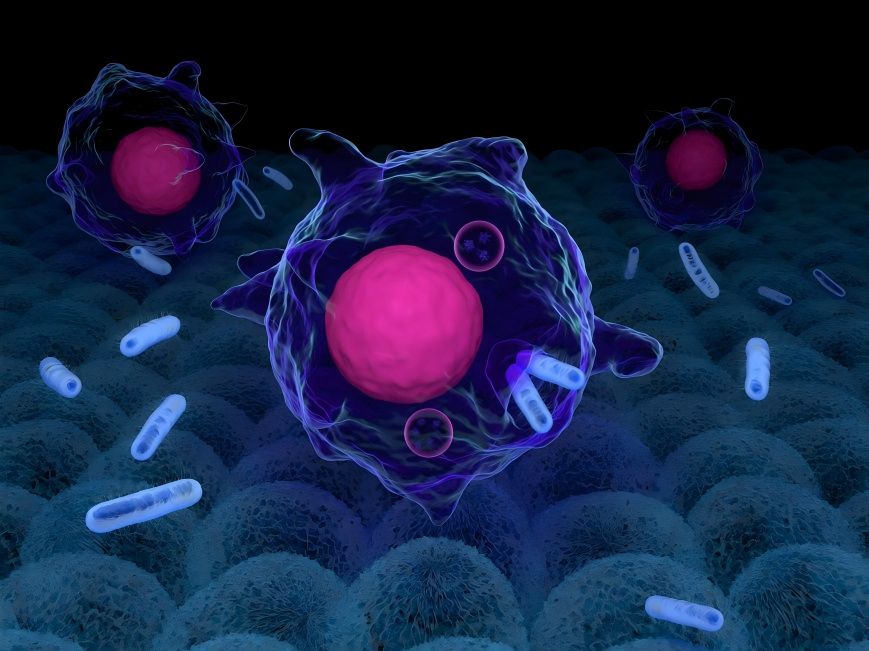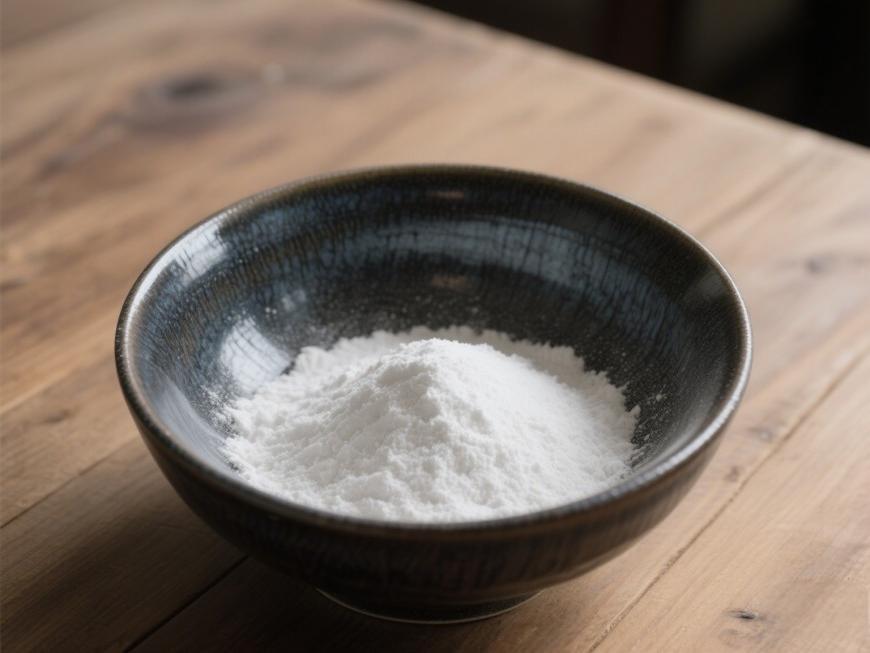Natural Ingredient D Mannose Powder: A Scientifically Proven Solution for Urinary Health
Green Spring Technology, as a leading supplier 의natural plant extracts in the industry, is committed to providing customers with high-quality, sustainable functional ingredient solutions. We are pleased to introduce our highly anticipated natural ingredient product—high-purity D-mannitol powder.
D-mannose is a monosaccharide naturally found in cranberries and other fruits, and its applications have been expanding rapidly in the global functional food, dietary supplement, and health beverage industries in recent years. Green Spring Technology leverages strict production processes and quality control systems to ensure the high purity, excellent stability, and batch consistency of its D-mannose raw material, with products fully compliant with relevant domestic and international regulations and standards.
This raw material is suitable for the development of various dosage forms, including powders, capsules, and tablets, and can also be widely applied in innovative products such as functional beverages and nutrient-fortified foods, providing reliable raw material support for companies to create differentiated, high-value-added health products.
D-Mannose: A Natural Raw Material Option for Urinary Health Product Development
D-mannose has the chemical formula C₆H₁₂O₆ and is commonly found in the pyranose form, containing two isomers: α-type and β-type [1-2]. It is distributed in various tissues of mammals, such as skin, liver, and intestines, with plasma concentrations typically maintained at 50–100 μmol/L [3].
Mechanistically, D-mannose can enter cells via hexose transporters on the cell membrane and participate in subsequent metabolic or glycosylation processes under the catalysis of intracellular enzymes. Notably, D-mannose can form specific bonds with certain bacterial surface proteins (e.g., FimH in Escherichia coli) [4], providing a theoretical basis for its application in urinary health products [5].

Urinary tract health is a widely recognised concern among global consumers, particularly recurrent urinary tract infections in women. With the rise of non-antibiotic product development concepts, D-mannose, as a naturally sourced functional ingredient, is increasingly attracting attention from food and health supplement manufacturers.
Guidelines from organisations such as the European Association of Urology also recommend non-antimicrobial strategies to support urinary tract health. In this context, D-mannose, with its ability to bind to bacterial proteins and its excellent safety profile, has emerged as a popular raw material option for product development.
We supply high-purity D-mannose powder, which is stable in quality, compliant, and reliable, suitable for the development of various end products such as dietary supplements (e.g., powders, tablets, capsules) and functional foods and beverages. Green Spring Technology is committed to collaborating with customers to leverage natural ingredients such as D-mannose to advance innovation in urinary health products and address market demand for natural, safe, and sustainable solutions.
D-mannose: A high-quality natural ingredient empowering innovation in urinary health products
In the functional food and dietary supplement sector, D-mannose has emerged as a highly sought-after natural ingredient for urinary health product development. Naturally found in fruits such as cranberries, it offers a unique development approach for urinary health products through its mechanism of specifically binding to certain bacterial surface proteins (e.g., FimH). Currently, D-mannitol is widely used in functional products such as powders, capsules, and tablets, providing consumers with natural support for daily urinary health.
As a reliable supplier of D-mannitol raw materials, Green Spring Technology leverages advanced fermentation production processes to provide high-purity (99%) and high-quality D-mannitol powder. Our raw materials offer the following advantages:
1. Fermentation-derived, natural, and safe, meeting global market demand for clean label products;
2. Purity as high as 99%, stable quality, and high batch consistency;
3. Excellent solubility, easy to formulate, suitable for various dosage forms such as solid beverages, gummies, and capsules;
4. Compliant with international standards and regulatory requirements, supporting product exports to multiple countries and regions.
Green Spring Technology' sD-mannitol powder ingredient provides strong support for product innovation, helping manufacturers develop differentiated, high-value-added health products. Whether for single-ingredient products or composite formulations, our raw materials can effectively integrate into end products, enhancing product competitiveness and market appeal.
For more information on technical specifications, application solutions, or compliance support for D-mannitol raw materials, please contact our technical team. Green Spring Technology is committed to providing comprehensive services from raw material selection to formulation optimisation, working together to create the next market-leading product!
Discuss with our technical team the application of D-mannose in your food, beverage, or health supplements.
Contact Information:
WhatsApp: +86 13649243917
Email: helen@greenspringbio.com
Website: https://www.greenspringnatural.com
참조
[1] 스튜어트 RA, 카리코 CK, 웹스터 RL 외.물리 화학적 입체성 in 맛 인식 of α D-mannose 그리고 β-D-mannose다 [J다]자연, 1971, 234(5326):220.
[2] 번 HF, 히긴스 PJ.단당류와 단백질의 반응:가능하다 진화 중요성 [J.과학, 1981년, 213 (4504):222 ⁃ 224.
[3] 알톤 G, 하실리크 M, 니후에스 R 등.mammalian glycoprotein biosynthesis를 위한 man-nose의 직접 활용 (J).1998년 Glycobiology,, 8, (3):285 ⁃ 295.
[4] Krogfelt 개, 자 넬 잘못 봤나 보군 p. Bergmans H, 직접적인 증거의 FimH 단백질은 mannose ⁃ 대장균의 특정 adhesin 유형 1 fimbriae다 [J다]감염임문, 1990, 58(6):1995-1998.
[5]Spaulding CN, Klein RD, Ruer S 등.FimH 길항제에 의한 내장에서 비뇨병원성 대장균의 선택적 고갈.Na ⁃ ture, 2017년, 546 (7659):528 ⁃ 532.
[6] 곤잘레스 PS, O' 먹이 J, Cardaci S, 외.만코는 종양 성장을 저해하고 화학 요법을 강화한다. 자연, 2018년, 563년 (7733):719 ⁃ 723.
[7] 장 W, 청 H, 귀 YY 등.Mannose 치료:한 에야 promis ⁃ ing 전략 [J] 염증을 억제 하기 위해 소설이다.Front Immunol, 2021, 12:756920.
[8] 카레토름, 지아니니아, 루소에 외.폐경 후 요로 감염을 항생제 없이 예방 [J. Maturitas, 2017년, 99:43 ⁃ 46이다.
[9] 시흐라 N, 굿맨 A, 자크리 R 외.재발성 요로 감염의 무항생제 예방 및 관리.냇 Rev Urol, 2018년 15 (12):750 ⁃ 776다.
[10]Scribano D, Sarshar M, Fettucciari L 등이 있다.요로 infec ⁃:지금까지 보다도 uropathogenic 대장균 감염 식이 개입을 막을 수 있어?[J]다.정수 J Vitam Nutr Res, 2021년 91 (편히):391 ⁃ 395.
[11] 도메니치 L, 몬티 M, 브라치 C 외.D ⁃ mannose:유망 한 급성 요로 감염으로 여성들에게 지원 한다.시험연구 [명] 試論硏究 [shi 論硏究].Eur Rev 의대 Pharmacol Sci, 2016년 20 (13):2920 ⁃ 2925.


 영어
영어 프랑스
프랑스 스페인
스페인 러시아
러시아 한국
한국 일본
일본




